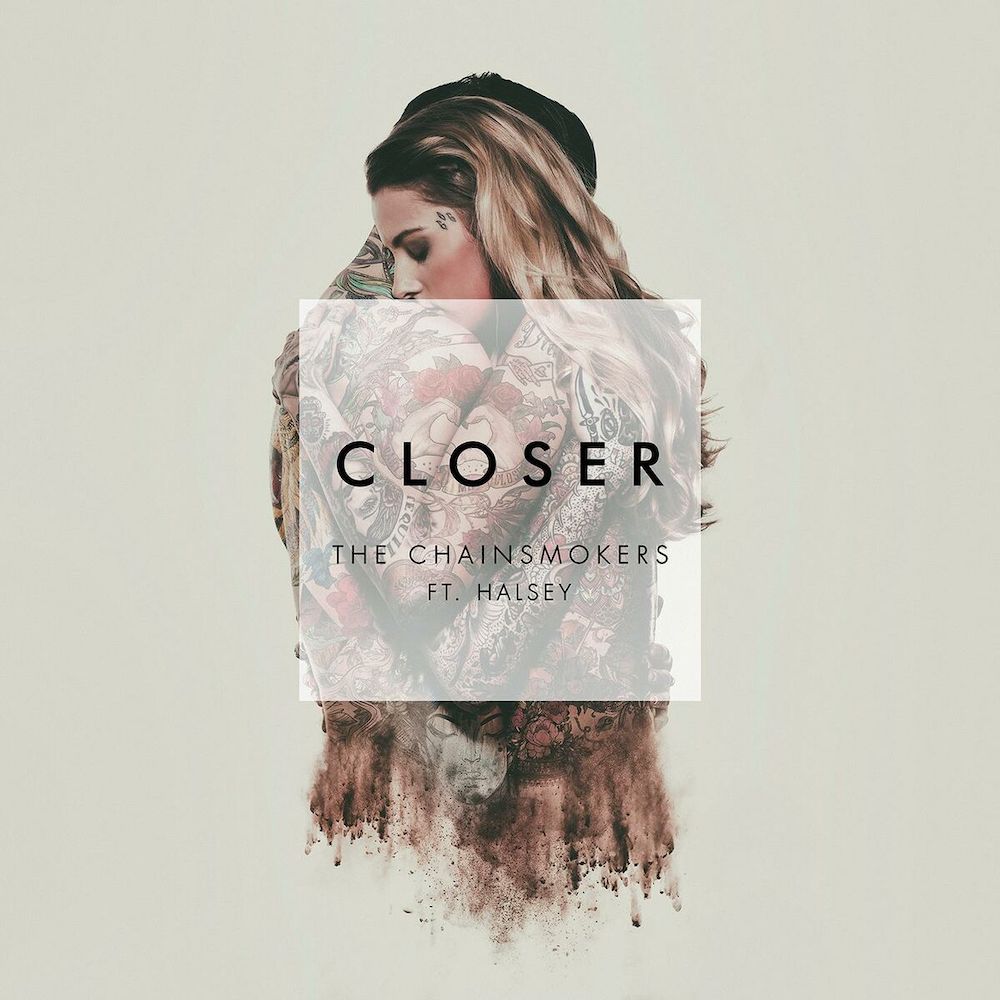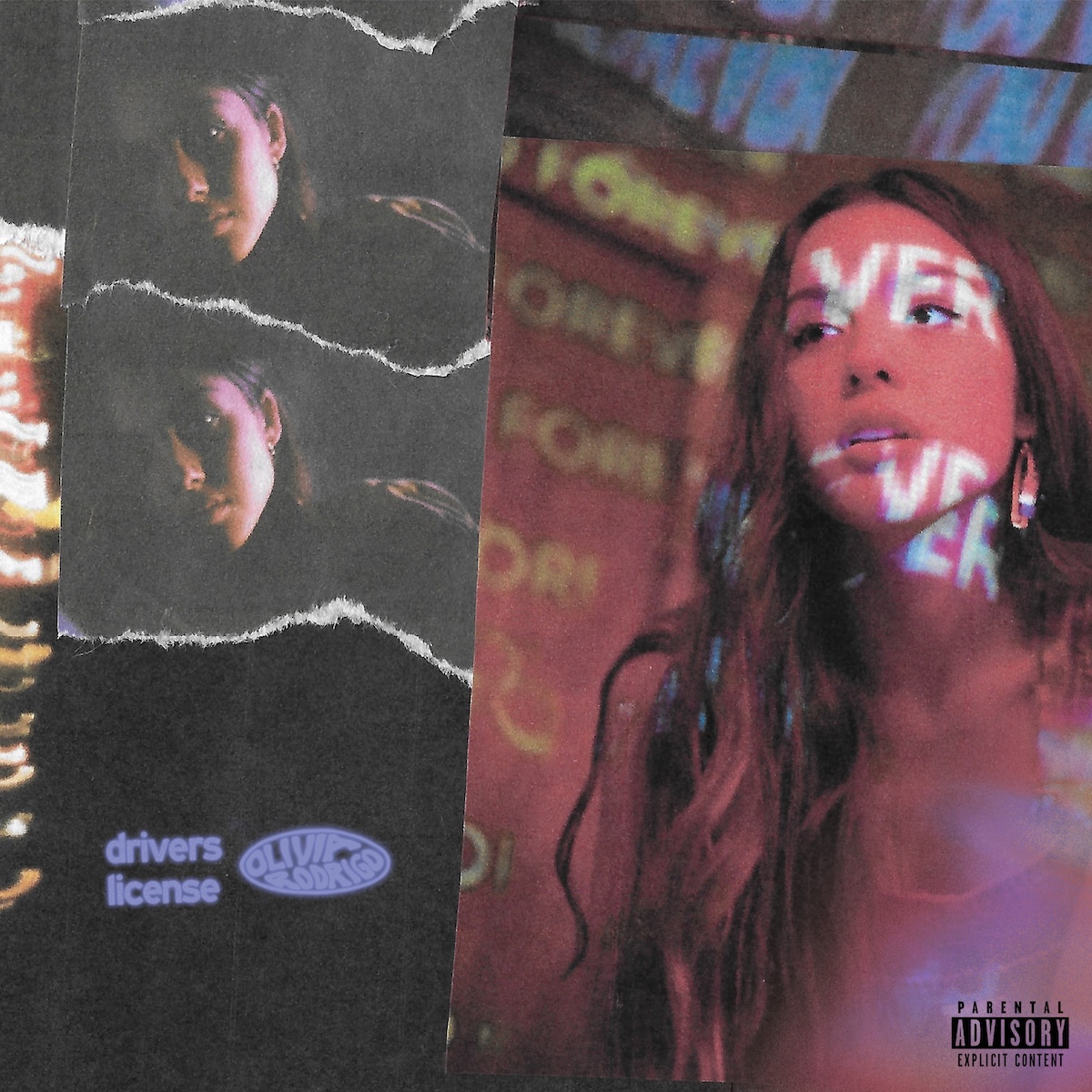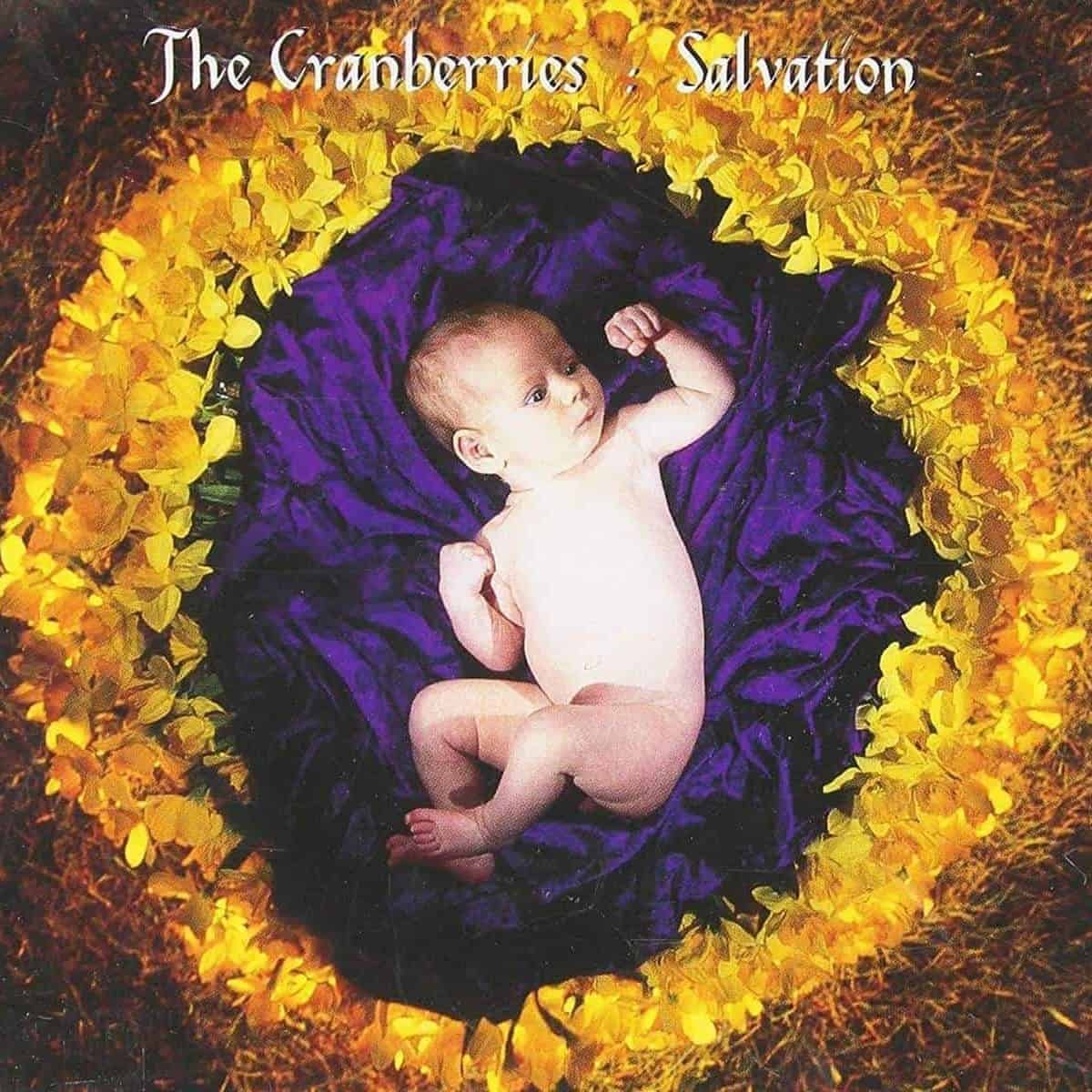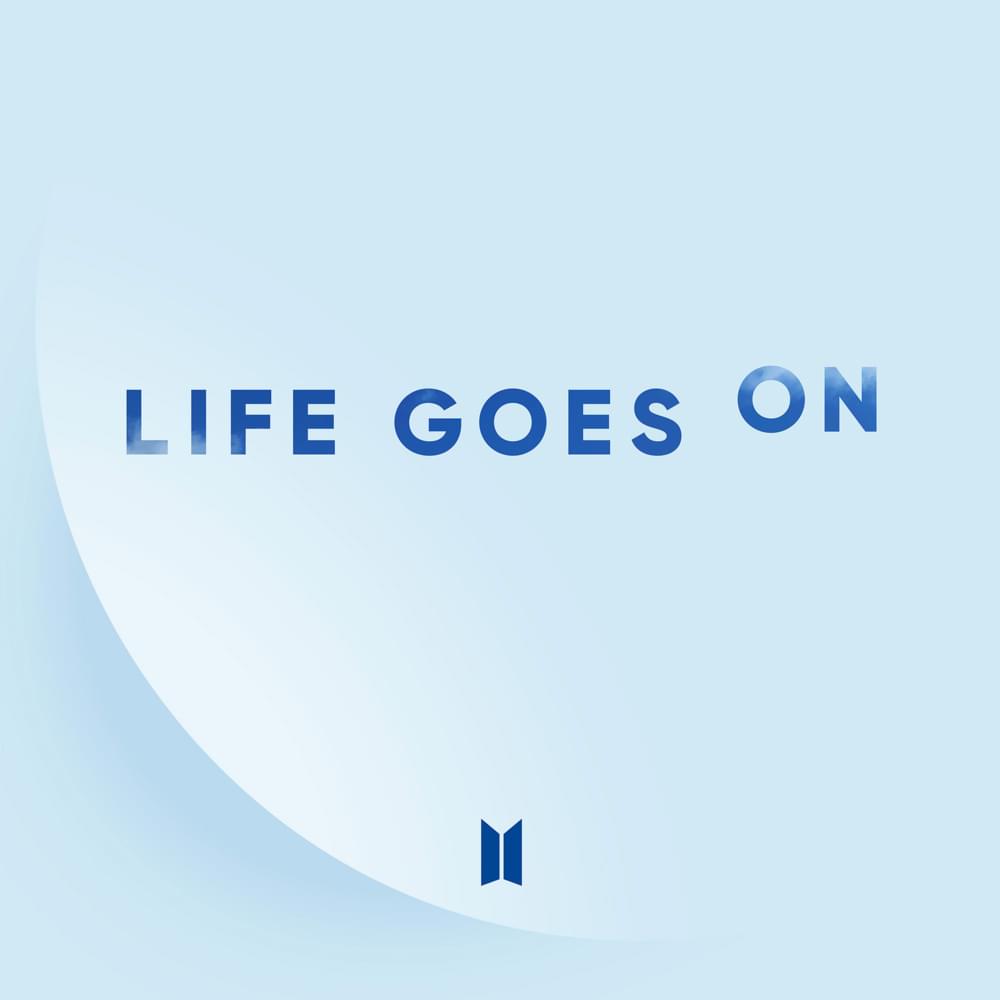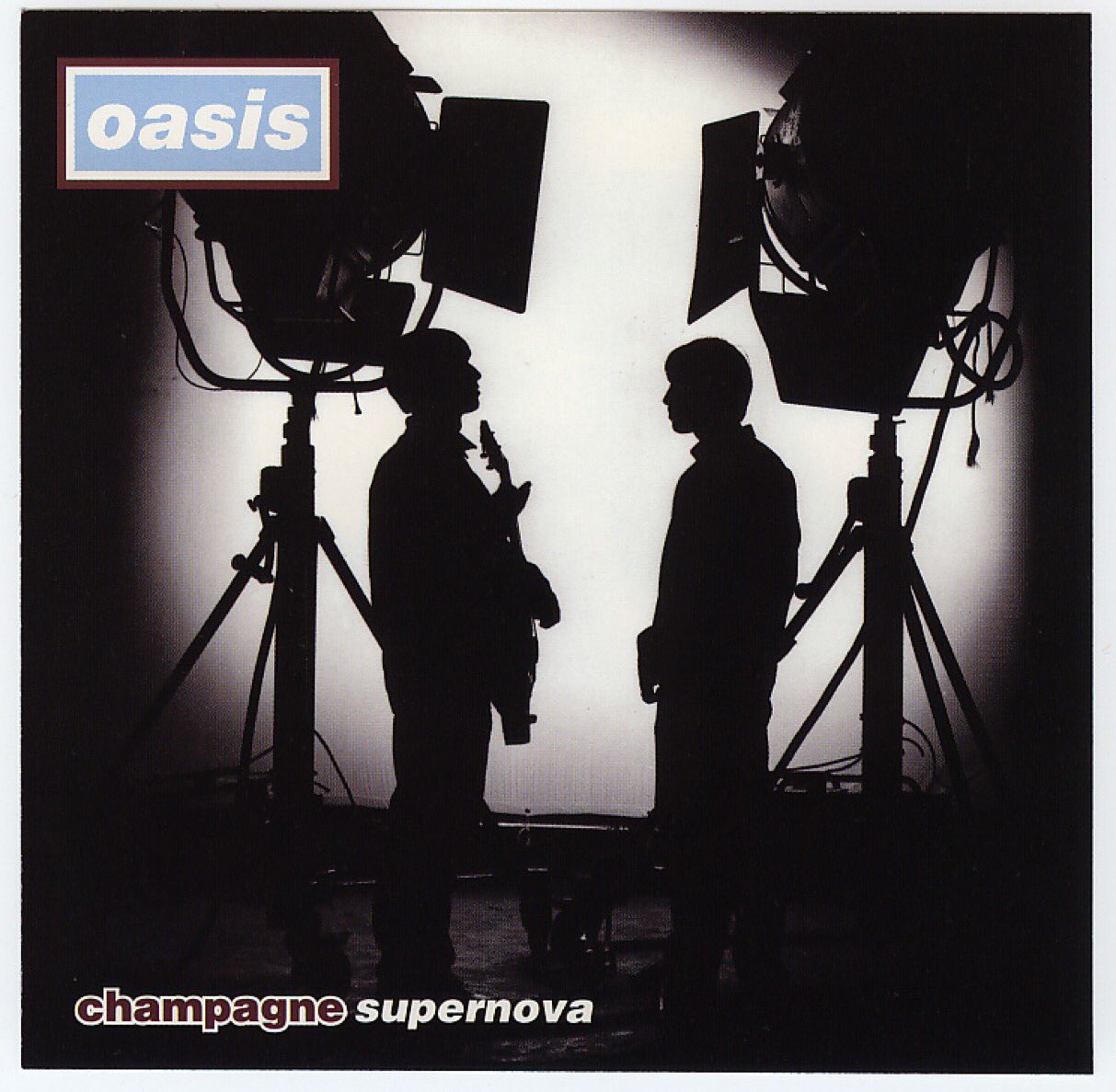September 3, 2016
- STAYED AT #1:12 Weeks
In The Number Ones, I'm reviewing every single #1 single in the history of the Billboard Hot 100, starting with the chart's beginning, in 1958, and working my way up into the present. Book Bonus Beat: The Number Ones: Twenty Chart-Topping Hits That Reveal the History of Pop Music.
Last week, I encountered the Chainsmokers song "Closer" in the wild -- the wildest part of the wild, even. Most of the Stereogum staff went to Las Vegas for the Best Friends Forever festival, and we stayed at the Golden Nugget, a very old casino and hotel next to Fremont Street. I knew that this was in the older part of Vegas, but I did not realize that Fremont Street had been converted into an outdoor pedestrian mall that feels like a meth-heightened dream-vision of Myrtle Beach. Walking down Fremont Street at night, you can't see the sky because the outdoor area is covered by a canopy of madly flickering LCD screens. Motherfuckers are constantly ziplining over your head. In between the old casinos, there are tons of novelty T-shirt stands and frozen-margarita dealers and weed dispensaries that also sell novelty T-shirts. Street performers abound: dominatrixes, breakdancers, little kids rapping, guys in giant gorilla suits dancing. There's a stage where cover bands play things like Dua Lipa's "Levitating" and DNCE's "Cake By The Ocean." Everyone is drunk. It's chaos.
At one point when I was trying to find my friends on Fremont Street, there was this huge booming noise, and the screens overhead momentarily went blank. Then a couple of words squiggled across them: "THE CHAINSMOKERS." This is apparently something that periodically happens on Fremont Street. Some artist, a Katy Perry or a Shakira, will get an LCD-screen tribute from the looming, blinking overhead monstrosities. I didn't know about any of this. Instead, I went in cold, witnessing the sudden arrival of "Closer" and the general euphoria that it caused in the drunk masses out in the street. If you ever hear "Closer" and wonder who the song is for, there's your answer. It's for the people out buying novelty T-shirts and posing for selfies with dominatrixes on Fremont Street. The song is simply a part of gaudy-ass normie party culture, and that's probably where it belongs.
The Chainsmokers and "Closer" are both products of the '10s EDM boom, and the New York duo certainly comes off as a particular type of party-guy unit. But "Closer" isn't really anyone's idea of a party song. It's got all the hallmarks of the dance music of its moment -- the genteel bass-drops, the wormy synth hooks, the no-future romanticism. But the song itself is a bittersweet number about a possibly-regrettable hookup with a long-lost ex. It's an adult contemporary smash in EDM disguise, and maybe that's why it was so obliteratingly, overwhelmingly huge. That doesn't mean "Closer" is a bad song. It does mean that "Closer" is the sort of song that can become a receptacle for practically any imagined narrative that you might want to dump on it, and that's exactly what a whole lot of people did.
Around the time that "Closer" had the Billboard Hot 100 in a chokehold, it became fashionable to performatively hate on the Chainsmokers. This was unavoidable. They were perfect targets, new Nickelbacks for a new moment. They came off less as musicians, and more as disruption-happy tech bros, and they embraced that image, adapting the uniform and the lingo of that widely despised social class. In interviews, they said stuff like "Even before success, pussy was number one." They made a form of dance music that had virtually zero connection to the genre's subcultural roots. They came off as NFT guys before anyone knew what NFTs were. When they actually started selling NFTs, nobody was the slightest bit surprised. And for a time, the Chainsmokers were hugely, gallingly popular.
The Chainsmokers know that you probably hate them. They're fine with it. Even as their one big moment of cultural hegemony fades into the rearview, the Chainsmokers are still plenty rich. They also still have their constituency. Las Vegas exists. Tech bros exist. Someone, somewhere, is willing to pay the Chainsmokers vast sums of money to DJ at a launch party for a Saudi crypto bank or whatever. I'm not going to tell you that the Chainsmokers are cool guys. I haven't met them, and I suspect that they are not. Sitting down to write about them, I am reminded of all the ways that the Chainsmokers irritated me during their dominant run. But they do have some tracks. Is "Closer" one of those tracks? Let's explore that question.
The first Chainsmoker was Alex Pall, the Manhattan-born son of a fancy art dealer. (When Pall was born, Madonna's "Crazy For You" was the #1 song in America.) Pall grew up rich, went to NYU, and started a DJ duo with his college friend Rhett Bixler. The two of them called themselves the Chainsmokers as a placeholder name, something to put a party flier, but it stuck. They played parties and found a manager, but then Bixler walked away from the duo. Manager Adam Alpert introduced Pall to Drew Taggart, a handsome kid who was just starting to get into DJ'ing. Taggart became the second Chainsmoker.
Drew Taggart was born on the last day of the '80s, and he grew up in Portland, Maine. (When Taggart was born, Phil Collins' "Another Day In Paradise" was the #1 song in America.) Taggart went to school at Syracuse University, which is also where I went, and he interned at Interscope Records. When Taggart started posting his tracks on SoundCloud, Adam Alpert set him up with Alex Pall. Soon afterward, Taggart moved to New York, and the he and Pall started making tracks together. That's some good music managing! It's not a romantic story; these guys weren't childhood best friends with a dream or anything. But someone recognized that they might be something together, and that someone was proven right.
Drew Taggart became a Chainsmoker in the early '10s, and he and Alex Pall developed a routine where they'd go trawl the Hype Machine, the MP3-blog aggregator, looking for tracks to remix. They'd post their own unofficial remixes, and that led to actual remix gigs, working for bands like Phoenix and the Killers. In 2012, they released their debut single "Erase," a fairly generic dance track with vocals from Priyanka Chopra, the former Miss World and movie star who's now married to Nick Jonas, someone who will eventually appear in this column. "Erase" wasn't the hit that the Chainsmokers needed. That came two years later.
In 2014, the Chainsmokers released a single called "#Selfie," and if you were not already familiar, the title probably tells you everything you need to know. It's a tacky, honking EDM novelty track, as one would expect. Whenever the Chainsmokers aren't hammering you with big, obvious synth-riffs, you're hearing girls saying catty, egotistical things about themselves and each other. The Chainsmokers would probably say that they were making fun of themselves and their friends. I would say that they're making fun of the girls at the clubs and parties that they were getting paid to DJ.
"#Selfie" started out as a free MP3 download, but dance star Steve Aoki liked the track enough to release it on his Dim Mak label. Then Republic picked up "#Selfie," and it became a global hit. In the US, "#Selfie" made it to #16, and the Chainsmokers did a famously irritating American Idol performance where they ran around in the crowd, taking selfies with audience members and judges while the song played. "#Selfie" seemed like a total one-off, and the Chainsmokers followed that song with "Kanye," another novelty song about wanting to be like Kanye West. That one didn't pop. But the Chainsmokers were not one-hit wonders, and they switched out of the novelty-dance-track route quickly enough. In 2015, they landed another big hit when they teamed up with a singer named Rozes on a song named "Roses."
"Roses" set the new Chainsmokers template. The duo discovered that they could adapt the trappings of EDM, using them to ornament sleepy, reassuring pop songs with basically anonymous female singers. "Roses" had a big drop and a sample of Lil Jon yelling, but the song itself is calm enough for adult contemporary radio, and it's at least a little bit pretty. Andrew Taggart co-wrote the song with Rozes, and he sang backup on it, despite not being a trained singer. The world was ready for a track like "Roses," and it became a bigger hit than "#Selfie," going all the way to #6. (It's a 6.)
Taggart co-wrote the 2016 track "Don't Let Me Down" with a couple of songwriter-pro types, and he offered it to Rihanna, who rejected it. Instead, the Chainsmokers teamed up with Daya, a young singer who'd already made a couple of minor hits, to release "Don't Let Me Down.". (Daya's highest-charting lead-artist single, 2015's "Hide Away," peaked at #23.) "Don't Let Me Down" transposed the xx's sparkly minimalism into big-room dance music, and it became a major summer jam, reaching #3. (It's a 7, and it's still my favorite Chainsmokers track.)
While "Don't Let Me Down" was still soaring, the Chainsmokers released "Closer," their follow-up single. Once again, Alex Pall didn't really have anything to do with that one. "Closer" has six credited songwriters, and Pall is not one of them. That guy really hit the lottery when his manager teamed him up with Drew Taggart. Taggart made the "Closer" beat with Freddy Kennett, one half of the Illinois dance duo Louis The Child. Taggart also co-wrote the topline with Shaun Frank, a dance DJ from Vancouver. Frank convinced Taggart that he should try singing "Closer" himself, even though he wasn't really a singer. Taggart was into the idea, but he didn't want to sing "Closer" on his own. He wanted it to be a duet.
After "Closer" blew up, a couple of new names were added to the song's writing credits. We don't know the process by which Isaac Slade and Joe King, the two leaders of Denver soft rock band the Fray, got writing credits on "Closer." Right away, though, people started the comparing "Closer" melody to the one on "Over My Head (Cable Car)," the Fray's 2005 breakout hit. ("Over My Head (Cable Car)" peaked at #8. It's a 5. The Fray's highest-charting single, 2006's "How To Save A Life," peaked at #3. It's a 4.) The two songs don't even sound all that similar to me, though I guess this little episode does strengthen my argument that "Closer" is really just an adult contemporary song. Really, though, this is just standard operating procedure in a post-"Blurred Lines" pop world. If something sounds anything like any other song, it's time to hand out writing credits like they're party favors.
The "Closer" lyrics are surprisingly sharp and specific -- something that Drew Taggart picked up from pop-punk and emo, not from dance music. On "Closer," his narrator is a big fuckup who drinks too much and who's still reeling from a long-past breakup. One day, he sees his ex in a hotel bar. She looks great, and so does he. They get back together, at least for a hookup, and they flash back to when they were younger and broker. On a song without many words, we get lyrical details both geographic and tactile: "Pull the sheets right off the corner of that mattress that you stole from your roommate back in Boulder," "Stay and play that Blink-182 song that we beat to death in Tucson." (The Blink-182 song that Taggart had in mind was "I Miss You," which peaked at #42 in 2004. Blink-182's biggest Hot 100 hit is 1999's "All The Small Things," which peaked at #6. It's a 10.)
You could argue that Taggart's lyrics on "Closer" are misogynistic. He certainly didn't do himself any favors in that department with "#Selfie" and with his interview quotes, and plenty have argued that the girl in "Closer" is a caricature -- a rich, spoiled broke girl who steals from roommates and who hooks up with her ex on a whim. But Taggart's own character isn't any better, and that's what I like most about the song. You never get over the moments of connection that you had when you were young and broke and dumb. Going through that part of life with someone else is just about the most romantic thing that can happen to you. These two people haven't been able to get over that moment, so they try to recapture it, constantly telling each other, "We ain't never getting older." It's not true, and they probably know it, but we never see the aftermath. We just see this one fleeting moment of reconnection. It's like a country song.
I like the idea of a big hit that goes for moments of laser-focused ache, rather than attempting vague, grandiose universality. I find that I'm more likely to relate to something when I know all the details, even if those details are not things that apply to me. I've never been to Boulder or Tucson, but I still feel like I get the general vibe of these people's lives from the song. (Now that I think about it, it seems pretty likely that the reconnection happens in Las Vegas.) Beyond the lyrics, though, there's not that much to recommend about "Closer." The Chainsmokers, or at least the one Chainsmoker who did all the work, find ways to build a sleepy pop song out of EDM blorps and snaps and thunks, but the effect feels generic -- that Imagine Dragons thing where a song attempts to encompass all genres and comes out sounding like wallpaper. And Drew Taggart, who deadpans every lyric without much personality or vocal skill, simply is not a star. For "Closer" to work, it needed a star, so it was a good idea to turn the song into a duet.
There was some talk of turning "Closer" into a duet with Fifth Harmony member Camila Cabello. She recorded a demo, and she'll eventually appear in this column. Instead, that spot went to Halsey, a singer who'd been orbiting stardom for a little while. Halsey supplied "Closer" with some actual juice, and she also reworked her part enough to earn a songwriting credit. So here's the part where we talk about Halsey.
Ashley Nicolette Frangipane grew up working-class in New Jersey, and she had a rough time as a kid, dealing with mental health issues and attempting suicide when she was 17. She studied art at RISD for a little while before dropping out. As a teenager, she started posting cover songs on YouTube, and she eventually moved to a Manhattan crash-pad with a bunch of people. She went through a few aliases before naming herself after the Halsey Street subway stop in Brooklyn; Halsey is an anagram of Ashley. "Ghost," a song that she recorded with a musician that she met at a party, became a bit of an online sensation. That got Halsey signed to Astralwerks, the long-established dance label, which pushed her as a millennial alt-pop star. I really hated Halsey's 2015 single "New Americana," a Lana Del Rey swagger-jack that transparently aimed for generational-anthem status. "New Americana" never became the smash that Halsey and her label might've envisioned, but it did well enough to reach #60.
Halsey's 2015 debut album Badlands sold pretty well and eventually went double platinum. She opened for Imagine Dragons and the Weeknd on arena tours, and she guested on "The Feeling," a Justin Bieber track that reached #31 even though it was never released as a single. The Chainsmokers first met Halsey backstage at a festival, but my feeling is that she's on "Closer" because someone at some label wanted her to be on the song. In any case, it worked out. Halsey's icy, theatrical vocal gives the track a little more juice, and it's always a good idea to pair up two artists who are both on upward trajectories. In this case, the result was the biggest song that either the Chainsmokers or Halsey has ever made.
"Closer" came out in late July 2016, and it climbed the Hot 100 quickly. A month after the song's release, the Chainsmokers and Halsey performed it together at the VMAs. Drew Taggart had never sung live before, and he sounded like ass. In interviews after the performance, Taggart made excuses for himself, complaining that he "was set up to fail." (Halsey sounded fine.) That flubbed performance probably brought a little more attention to the single, which reached #1 a week later. At first, "Closer" owed its chart position to downloads and streaming; radio was still scrambling to catch up. But soon enough, "Closer" became a cross-format radio staple, and it stayed at #1 for a long time.
The "Closer" video, which is mostly golden-hour footage of Drew Taggart and Halsey making out, didn't come out until a month after the song reached #1. "Closer" stayed atop the Hot 100 all through election season. It was still at #1 when Donald Trump won the presidency. It would be a shameful reach to connect "Closer" to Trump's victory, but I'm still fighting the urge. The thinkpiece writer in me dies hard. If another Trump victory coincides with another endless #1 reign for an oddly downbeat pan-genre singalong, then we'll at least be in familiar territory.
The Chainsmokers released two follow-up singles, "All We Know" with Phoebe Ryan and "Setting Fires" with Xylø, while "Closer" was still sitting at #1. Both tracks sounded a lot like "Closer," and both charted, but neither was a big hit. ("All We Know" peaked at #18, "Setting Fires" at #71.) All those songs appeared on Collage, an EP that the Chainsmokers released in November 2016. They still hadn't made an album. Early in 2017, they released "Paris," the first Chainsmokers track where Drew Taggart sang lead all by himself. That one did take off, and it went all the way to #6. (It's a 4.)
After "Paris," the Chainsmokers teamed up with Coldplay, a group that's been in this column and that will eventually return, for "Something Just Like This," which sounds exactly like the Coldplay/Chainsmokers collab that you probably imagined the first time you saw those names paired up. "Something Just Like This" went all the way to #3, and it went pretty hard when it blasted over the speakers on Fremont Street last week. (It's a 4.) Shortly afterward, the Chainsmokers finally released their debut album, the horribly titled Memories... Do Not Open, and they toured arenas.
Memories... Do Not Open went platinum, and the "Closer" single went diamond in 2018. Now, "Closer" is platinum 15 times over, and it just hit three billion streams yesterday. "Don't Let Me Down" and "Something Just Like This" have both gone diamond, too. But the Chainsmokers haven't been back in the top 10 since "Something Just Like This." They're on their fourth album now, and all of their post-Coldplay singles have only made it into the bottom half of the Hot 100, if that. The last time they charted was 2022, when their song "High" peaked at #57. I am listening to that song for the first time right now, and it is bad. The Chainsmokers got in some trouble in 2020, when they got together with Goldman Sachs CEO David Solomon, otherwise known as DJ D-Sol, to throw a Hamptons beach rave that ignored pandemic restrictions. Then-New York governor Andrew Cuomo got mad about it and ordered a Department Of Health investigation, and the organizers had to pay a fine.
The schadenfreude around the Chainsmokers' beach-party story was inevitable. The Chainsmokers were built for backlash. You can't be that successful and that obnoxious for too long; your tech-bro brothers will only keep you afloat for so long. Naturally, the Chainsmokers got really into venture capital, and I'm sure they're doing just fine for themselves in that mysterious and terrible world. They're still active as a duo, and they're still making music, so a Chainsmokers comeback is always possible. But maybe that's one memory that we don't want to open.
As for Halsey, she was really just getting started when she helped make "Closer," and she's had an interesting ride since then. Soon after "Closer," Halsey reached #17 with her track "Now Or Never," and then she went all the way to #5 with "Bad At Love." (It's a 7.) Those were Halsey's first real solo hits, and they were not her last. We'll see Halsey in this column again.
GRADE: 5/10
We rely on reader subscriptions to deliver articles like the one you're reading. Become a member and help support independent media!
BONUS BEATS: Given how huge "Closer" was, it's a little surprising that there aren't very many interesting or prominent versions of the track. Here's the Grizzly Bear-ass acoustic cover that future alt-pop star Conan Gray posted on YouTube in 2016:
(Conan Gray's only Hot 100 hit, 2020's "Heather," peaked at #46.)
The Number Ones: Twenty Chart-Topping Hits That Reveal The History Of Pop Music is out now on paperback via Hachette Books. We're always getting older. Constantly. All the time. Sorry, but it's true. Better buy the book while you still can.
